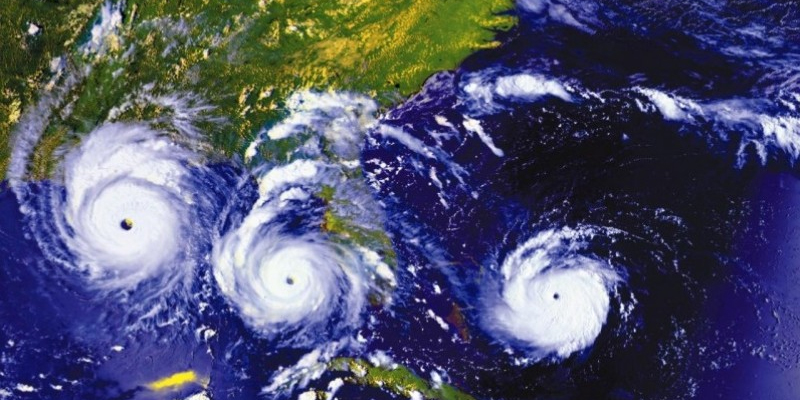
 |
| Are you ready for the 2016 Hurricane Season? |
| by Dominic Sims |
SHARE 

 |
 |
| Weather experts say 2016 could be one of the busiest hurricane seasons in years. But what does that really mean?
Forecasters are calling for 14 named storms, eight hurricanes and three major hurricanes for the Atlantic this season, which began June 1. They also note numbers of hurricanes don't necessarily translate to severity, or even predict if any of them will strike the United States. In 1992, there were only six named storms, but one of them was Andrew, a Category 5 hurricane that devastated South Florida. On the other hand, in 2010, 19 named storms and 12 hurricanes formed in the Atlantic, but not one hit the United States. Then, of course, we had 2005, the record-setting season that yielded seven major hurricanes, including Dennis, Emily, Rita, Wilma and, of course, Katrina on Aug. 29. All told, the 2005 storms claimed more than 3,900 lives and caused more than $159 billion in damages. We can predict, but we can't know for sure, which is all the more reason to be prepared for the worst Mother Nature can throw at us. The International Code Council has the experience-based codes and standards to help communities survive hurricanes and bounce back faster. ICC 600 Standard for Residential Construction in High-Wind Regions updates design and wind-speed maps to align the ASCE 7-10, 2015 International Building Code (IBC) and International Residential Code (IRC) provisions, and includes a new specification that storm shelters be designed and constructed according to ICC 500 Standard for the Design and Construction of Storm Shelters. Using the ICC 600 provides wind-resistant designs and construction details for residential buildings of masonry, concrete, wood-framed or cold-formed steel framed construction sited in high- wind regions where design wind speeds are 120 to 180 mph. This is but one of the Code Council's model building codes and standards — enforced in all 50 states — which help protect homes and buildings from hurricanes, tornadoes, earthquakes, floods, fire, and other natural disasters. Why? Because, according to a study funded by the Federal Emergency Management Agency, every dollar spent on building safer and stronger reduces losses from high-wind damage, floods, earthquakes and other disasters by $4. Further, the World Watch Institute says every dollar spent on disaster mitigation and preparedness saves $7 in disaster related economic loss. The Louisiana State University Hurricane Center estimates that stronger building codes would have reduced wind damage from Hurricane Katrina by 80 percent, saving $8 billion. The Code Council is pledging $100,000 to fund and support research by the National Institute of Building Sciences and others to study the benefits of public and private investment in pre-disaster mitigation activities, such as application of modern building codes. All the while, our 58,000 global members and stakeholders continue working to protect people in their homes and businesses to make communities safer, more affordable, sustainable, and resilient. Are you ready for the 2016 hurricane season? Find out by going to http://www.iccsafe.org/about-icc/safety/hurricane-safety/. Dominic Sims is Chief Executive Officer of the International Code Council. |